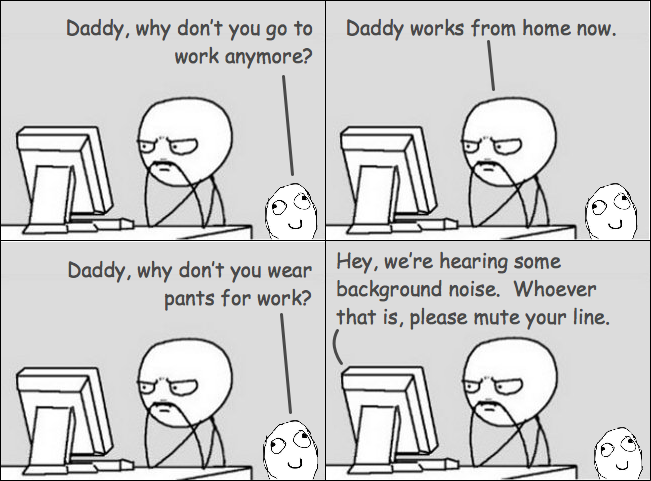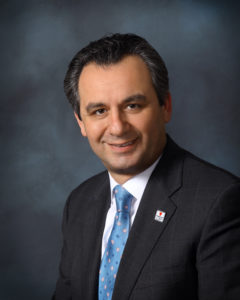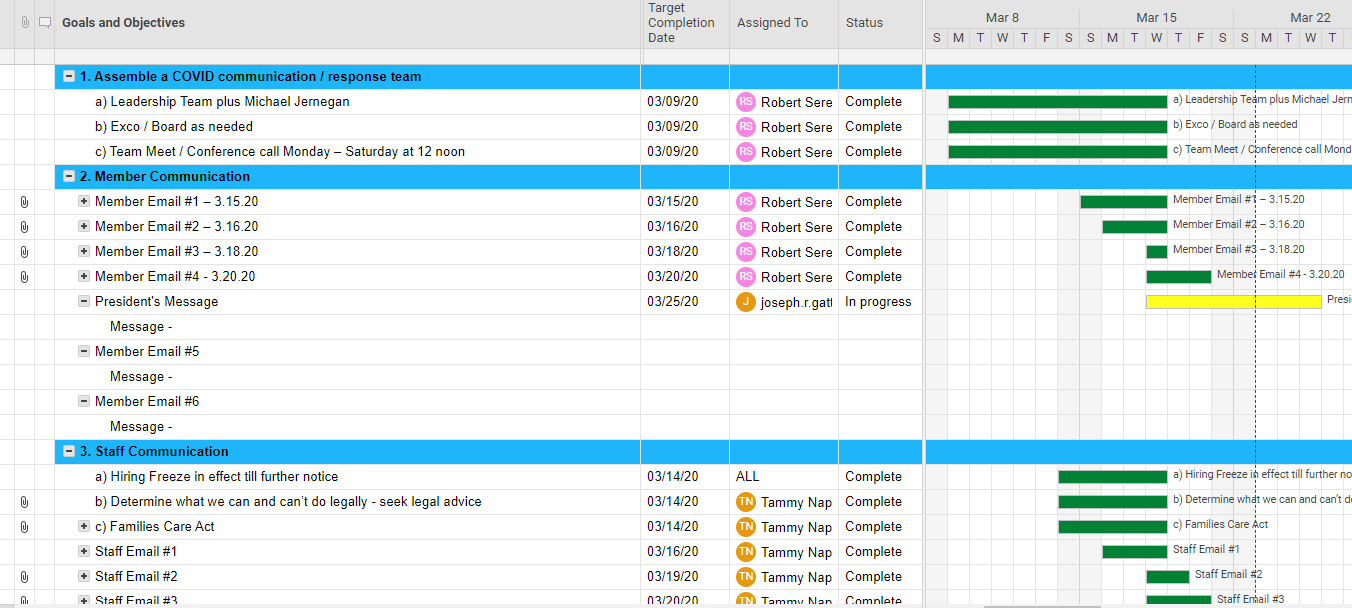This article continues a series of communications from GGA Partners to help private club leaders address challenges confronting their businesses and their employees as a result of the global health crisis. Today, Michael Gregory, a partner of our firm, discusses options and alternatives for clubs with pending annual meeting requirements.
With annual meetings and general elections upcoming, how should clubs meet what may seem conflicting obligations?
As the health crisis evolves, so too do the number and magnitude of issues facing club leaders. One that most take for granted – the annual general meeting and member election – now raises a difficult, if not contradictory, predicament: complying with club bylaws and government restrictions while protecting the health of members, families and employees.
First, know the law.
Is your club located in an area with a state or local government order prohibiting nonessential transit or in-person meetings? If yes, your decision is easy: the club cannot hold the meeting, notwithstanding bylaws that may require it.
According to Glenn Gerena, a shareholder at Greenberg Traurig and a community development and hospitality attorney, “If the club cannot have a virtual meeting under law or its bylaws, the board should discuss with counsel whether the government order gives the board a legal basis to hold a meeting on a virtual [platform] and, if not, to reschedule the meeting to a later date.”
If there is no state or local prohibition regarding an in-person meeting, the club should consider whether it can hold a virtual meeting according to its bylaws.
If your club decides to proceed with an in-person meeting, it is important to provide for proxy voting by mail and encourage all members to stay home and to vote by mail. For members who choose to attend the meeting in-person, the club must observe all health and safety protocols as defined and advised by their local government authority.
Should you go virtual?
Deciding if your club should hold a virtual annual meeting should involve discussions with your legal counsel. Counsel should review applicable state statutes, which may require in-person meetings, permit virtual meetings or defer to the club governing documents. The state statute will govern if bylaws directly conflict with it.
For example, most clubs in California have adopted section 7510 (f) of the California Corporations Code, which allows for electronic meeting and voting and, in cases where state statutes and bylaws conflict, the state statutes supersede the club’s bylaws.
Legal counsel also should review the latest state and local government orders related to the COVID-19 crisis. For example, the Connecticut governor issued an executive order on March 21, 2020, giving corporations the ability to conduct annual and other shareholder meetings by remote means. Similarly, for clubs in Canada regulated under the Corporations Act (provincial and federal), orders have been announced to allow members to meet and vote electronically.
“If neither the state statue nor bylaws expressly permit virtual meetings, the club’s board of directors should review bylaw provisions governing amendments and board powers to determine whether the board can amend the bylaws to permit virtual meetings and online voting,” adds Gerena.
In uncharted waters, rely on reason and caution.
While all clubs are encouraged to seek legal counsel to inform and qualify their course of action, club leaders should expect to be operating in uncharted waters and seek to act reasonably and cautiously in the current environment.
“If prudence does not make it possible to meet, then clubs need to consider alternatives,” said Van A. Tengberg, a real estate acquisition and development attorney at Foley & Lardner LLP. “I would not recommend deferring the annual meeting and allowing the board to serve longer terms. If your bylaws do not allow virtual meetings, then clubs need to consider different options that provide members a reasonable and safe process to meet and cast their vote.”
As with all things in this new normal, communication (and even pulse surveys) that increases members’ understanding of circumstances and current limitations will be appreciated and rewarded and, in this case, may even help to mitigate potential future risk.
In an upcoming article, Michael Gregory will discuss options and solutions to complete a virtual annual meeting and an online vote. Contact Michael at michael.gregory@ggapartners.com or 416-524-0083.






 You can’t predict a crisis, but you can – and should – plan for one.
You can’t predict a crisis, but you can – and should – plan for one.


 In times like these, the impulse is to act. To take decisive action in response to the enormous challenges the coronavirus has placed at our feet.
In times like these, the impulse is to act. To take decisive action in response to the enormous challenges the coronavirus has placed at our feet.
 It’s easy to say and it’s been said so often that it should be hard for any leader to forget: In times of crisis, communication is key.
It’s easy to say and it’s been said so often that it should be hard for any leader to forget: In times of crisis, communication is key.
